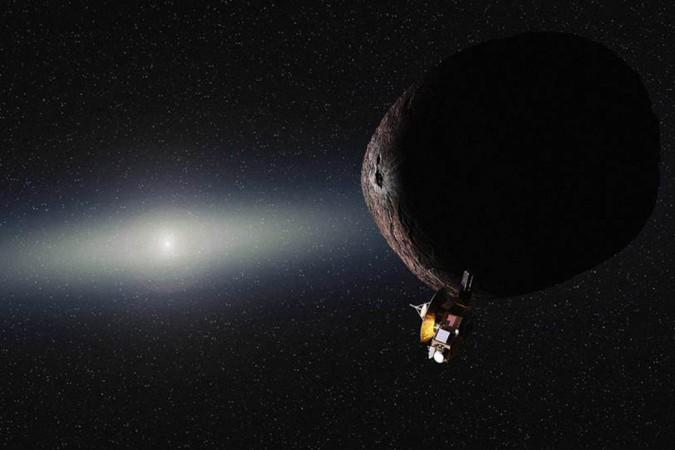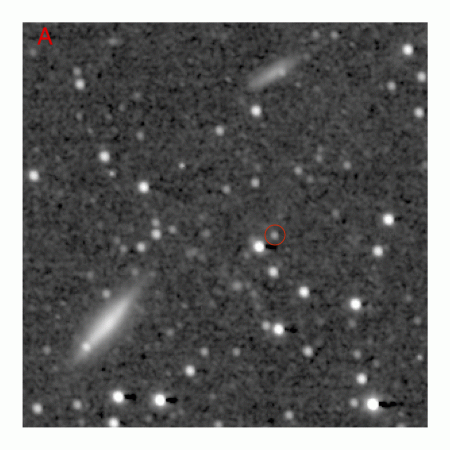
NASA's New Horizons spacecraft is set to make more new discoveries after capturing images of Pluto's biggest moon Charon. The spacecraft will now send home data about the ancient celestial body, 2014 MU69, located at a distance of 1.6 billion km (1 billion miles) away from the dwarf planet.

Also Read: NASA's New Horizons: Amazing new image of Pluto's biggest moon Charon revealed!
This unexplored celestial body was discovered in June 2014 by NASA's Hubble Space Telescope. 2014 MU69 is located in the Kuiper Belt, just like Pluto, which is the largest Kuiper Belt Object (KBO) documented thus far.
"The New Horizons flyby of the Pluto system was completely successful, and now we've got all the data on the ground and we're putting a bow around it," Alan Stern, the New Horizons principal investigator at Southwest Research Institute, said in a Facebook Live event on Thursday, Space.com reported.

The Kuiper Belt is a region comprising icy rocks that is yet to be explored and analysed, Space.com reported.
On July 14, 2015 the New Horizons probe became the first spacecraft to drop by the dwarf planet Pluto and its moons.
The New Horizons mission was launched on January 19, 2006 to conduct a flyby mission to explore Pluto and other celestial bodies present in the Kuiper belt.
The spacecraft reached Pluto in July 2015 after covering a distance of 7.5 billion km (4.6 billion miles).

This interplanetary probe by NASA captured images of Pluto's largest moon Charon, which were recently released. The amazing images showed the crescent of the moon illuminated by sunlight.
The photo was shot on July 15, 2015 by the Ralph/Multispectral Visible Imaging Camera, on board the New Horizons spacecraft. The spacecraft was at a distance of 160,000 km (100,000 miles) from the dwarf planet, when it captured images of Pluto's largest natural satellite, which is 1,200 km (750 miles) in diameter, almost equal to half Pluto's diameter.














